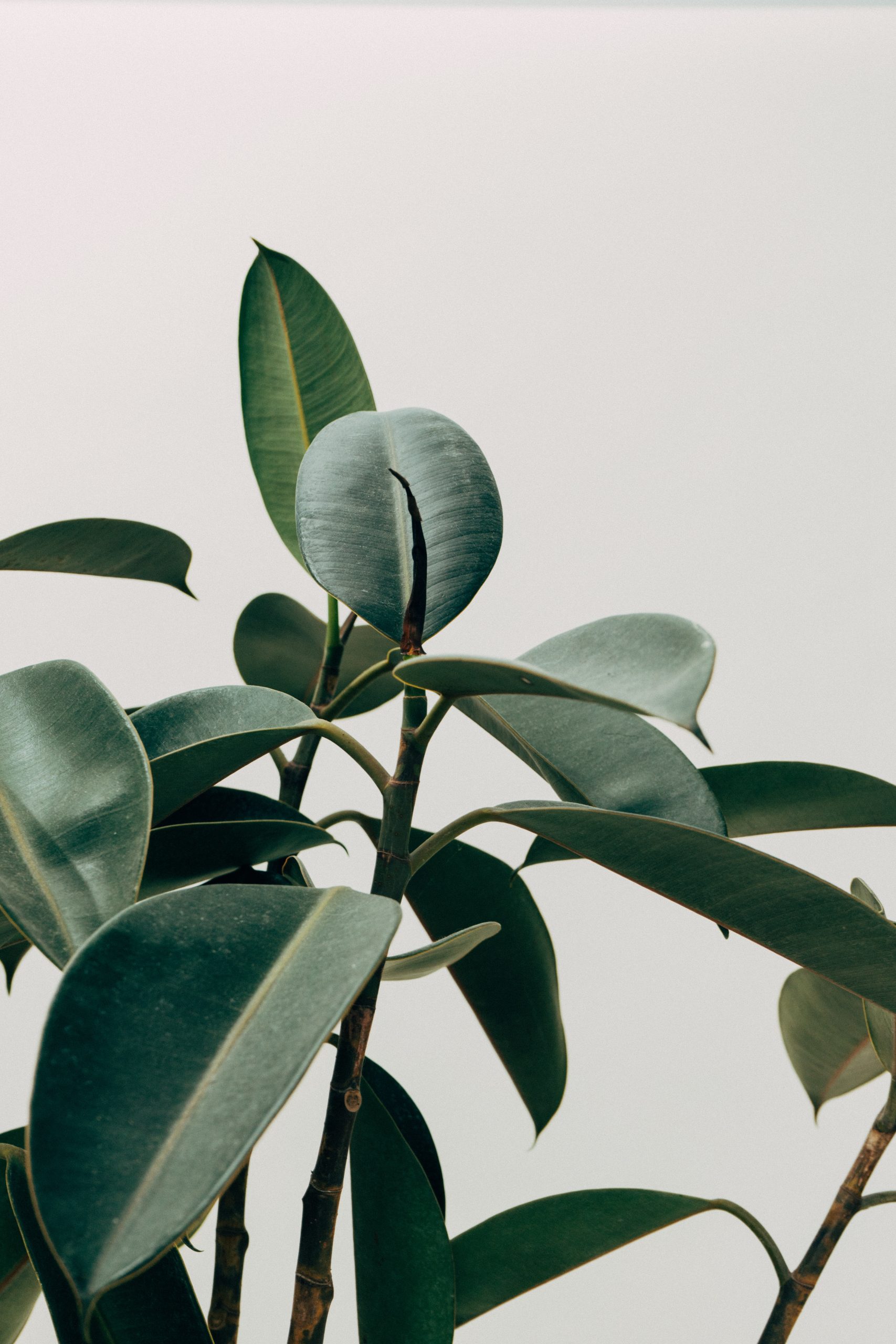Introduction
Carnivorous plants have fascinated scientists and nature enthusiasts for centuries. These plants have evolved to capture and digest insects and other small animals to supplement their nutrient intake. But how did these plants evolve such unique adaptations, and what role did insects play in their evolution? In this article, we will explore the coevolutionary relationship between carnivorous plants and insects, and how this relationship has shaped the evolution of both groups.
The Evolution of Carnivorous Plants
Carnivorous plants have evolved a variety of mechanisms to capture and digest insects. Some plants, such as the Venus flytrap, have modified leaves that snap shut when triggered by an insect. Others, like the pitcher plant, have modified leaves that form a deep, slippery cavity filled with digestive enzymes. Still, others, like the sundew, have sticky, glandular hairs on their leaves that trap insects.
The evolution of these adaptations is thought to have been driven by nutrient-poor environments. Insects provide a rich source of nutrients, including nitrogen and phosphorus, which are often scarce in the soil. By capturing and digesting insects, carnivorous plants are able to supplement their nutrient intake and thrive in environments where other plants struggle to survive.
The Coevolution of Carnivorous Plants and Insects
The relationship between carnivorous plants and insects is a classic example of coevolution. Coevolution occurs when two species evolve in response to each other, often resulting in a mutually beneficial relationship. In the case of carnivorous plants and insects, the relationship is more complex.
Insects are attracted to the sweet nectar and bright colors of carnivorous plants, but they soon find themselves trapped and unable to escape. As the insect struggles to free itself, it becomes covered in digestive enzymes and is slowly digested by the plant. However, some insects have evolved to avoid or even exploit the traps of carnivorous plants.
For example, some species of ants have been observed living inside the pitcher plant, Nepenthes bicalcarata. These ants are able to avoid the slippery walls of the pitcher by using their sticky feet to cling to the hairs on the rim. In return for their protection, the ants are able to feed on the nectar produced by the plant and the insects that become trapped inside.
Microbial Associations in Carnivorous Plants
Recent studies have shown that carnivorous plants also have complex microbial associations that play a role in their nutrient acquisition. These associations include bacteria, fungi, and other microorganisms that live on the surface of the plant or inside the digestive cavity.
Some of these microorganisms are thought to aid in the digestion of insects by producing enzymes that break down complex molecules. Others may help the plant absorb nutrients from the insect by breaking them down into smaller, more easily absorbed molecules. Still, others may protect the plant from harmful pathogens or parasites.
Conclusion
The coevolutionary relationship between carnivorous plants and insects is a fascinating tale of survival and adaptation. Through millions of years of evolution, these two groups have developed complex mechanisms and strategies to outcompete and outsmart each other. As we continue to study these remarkable plants, we are sure to uncover even more secrets about their unique adaptations and the role that insects play in their evolution.




